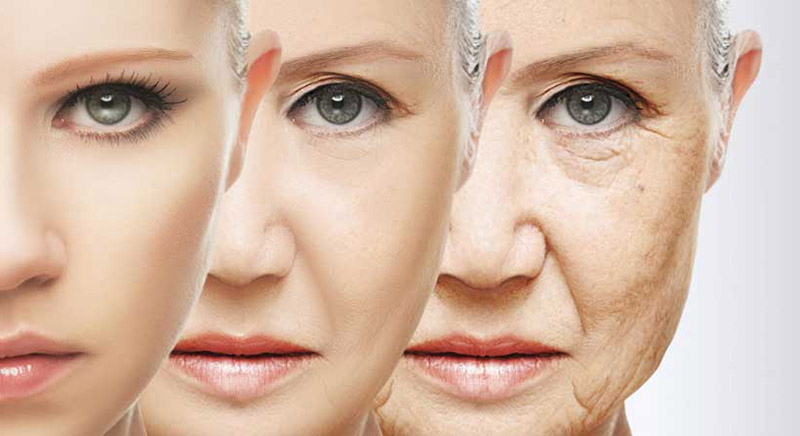In today’s world, where appearance plays a significant role in our daily lives, the quest for youthful skin is more prevalent than ever. Anti-wrinkle treatments offer a promising solution to combat signs of aging, but what are their long-term effects? Moreover, how can you ensure these results are maintained, especially in a dynamic city like Melbourne? This article dives into these questions, providing insights in a clear and understandable manner.
Understanding Anti-Wrinkle Treatments
Anti-wrinkle treatments encompass a range of procedures designed to reduce wrinkles and fine lines, providing a more youthful appearance. These treatments primarily target areas prone to aging, such as around the eyes, forehead, and mouth.
Types and Categories of Anti-Wrinkle Treatments
Non-Invasive Treatments
- Botox Injections: Popular for reducing dynamic wrinkles caused by muscle movement.
- Dermal Fillers: Used to add volume and smooth out wrinkles.
- Laser Treatments: Stimulate collagen production and improve skin texture.
- Chemical Peels: Remove the outer layer of skin, promoting new skin growth.
Minimally Invasive Treatments
- Microneedling: Involves tiny needles that stimulate collagen production.
- Radiofrequency Therapy: Uses energy waves to heat the deep layer of the skin, promoting collagen production.
Surgical Treatments
- Facelifts: Provide the most dramatic and long-lasting results by removing excess skin and tightening underlying tissues.
- Brow Lifts: Specifically target the forehead and eyebrow area to reduce wrinkles and sagging skin.
Symptoms and Signs Addressed by Treatments
Common Wrinkles Treated
- Forehead Lines: Horizontal lines that appear on the forehead.
- Crow’s Feet: Lines around the outer corners of the eyes.
- Frown Lines: Vertical lines between the eyebrows.
- Nasolabial Folds: Lines running from the nose to the mouth.
Signs of Aging
- Loss of Skin Elasticity: Treatments aim to restore firmness and elasticity.
- Volume Loss: Fillers are used to restore lost volume in areas like cheeks and lips.
- Skin Texture: Treatments improve rough or uneven skin texture.
Causes and Risk Factors of Wrinkles
Biological Factors
- Aging: The natural aging process leads to the breakdown of collagen and elastin.
- Genetics: Family history can influence skin aging and wrinkle formation.
Environmental Factors
- Sun Exposure: UV rays damage skin cells and accelerate aging.
- Pollution: Environmental pollutants can contribute to skin aging and wrinkles.
Lifestyle Factors
- Smoking: Reduces blood flow to the skin, accelerating aging.
- Diet: Poor nutrition can affect skin health and accelerate wrinkle formation.
Diagnosis and Tests for Wrinkle Treatment
Skin Analysis
- Visual Examination: Dermatologists assess skin condition and wrinkle severity.
- Digital Imaging: Advanced imaging techniques provide detailed analysis of skin texture and underlying structures.
Allergy Tests
- Patch Tests: Ensure that patients do not have allergic reactions to treatment substances like Botox or fillers.
Treatment Options for Wrinkles
Non-Surgical Treatments
- Botox: Temporarily paralyzes muscles to reduce dynamic wrinkles.
- Dermal Fillers: Plump the skin to reduce static wrinkles and restore volume.
- Laser Resurfacing: Improves skin texture and stimulates collagen production.
- Chemical Peels: Promote skin renewal by removing damaged outer layers.
Surgical Treatments
- Facelifts: Offer significant and long-lasting results by tightening skin and underlying tissues.
- Brow Lifts: Specifically target the forehead area to reduce sagging and wrinkles.
FAQs
How long do anti-wrinkle treatments last?
Anti-wrinkle treatments vary in duration depending on the type and individual factors. Typically, results can last from 3 to 6 months for injectables and longer for some energy-based treatments.
Are anti-wrinkle treatments safe for long-term use?
When administered by qualified professionals, anti-wrinkle treatments are generally safe for long-term use. However, regular consultations are recommended to monitor any potential side effects.
Can anti-wrinkle treatments completely eliminate wrinkles?
While effective in reducing wrinkles, complete elimination depends on factors such as skin condition, treatment type, and individual response.
How soon can I expect to see results from anti-wrinkle treatments?
Results can vary, but many individuals notice improvement within a few days to weeks, with optimal results appearing gradually.
What should I look for in a skincare professional for anti-wrinkle treatments?
Look for licensed practitioners with experience in cosmetic procedures. They should provide detailed consultations and tailor treatments to your specific needs.
Conclusion
In conclusion, navigating the realm of anti-wrinkle treatments in Melbourne requires a blend of informed decision-making and proactive skincare clinic practices. By understanding the long-term effects and adopting tailored maintenance strategies, you can prolong the youthful radiance bestowed by these treatments.

